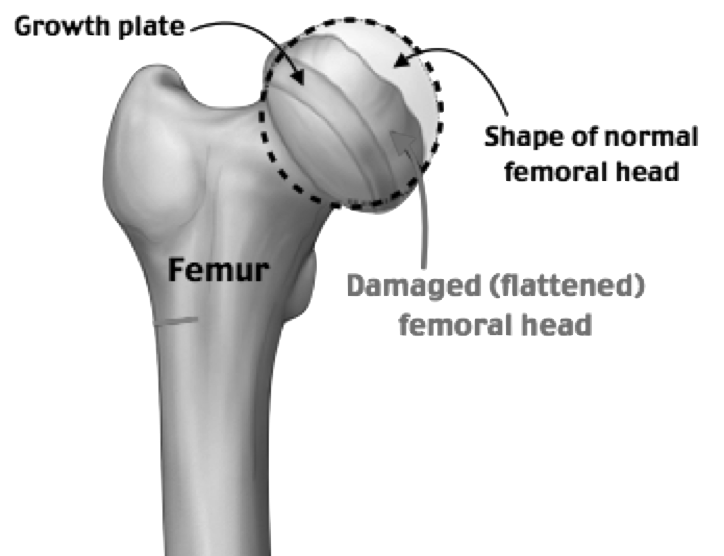Perthes Disease Treatment
What is Perthes disease?
Perthes disease is also referred to as Legg-Calve-Perthes or Avascular Necrosis of the Femoral Head, is a childhood condition that affects the hip. It occurs when the blood supply to the rounded head of the femur (thighbone) is temporarily disrupted causing bone cells to die (avascular necrosis). The exact cause of Perthes disease is unknown. Perthes disease typically affects children between the ages of 4 and 10, and impacts boys more than girls. Perthes disease causes typical changes to the shape of the hip joint which can lead to longterm pain or dysfunction after the initial episode of avascular necrosis.
Treatment of Perthes Disease
Treatment of Perthes disease is individualised to each child's presentation. Factors such as the child's age at the onset of symptoms, hip range of motion, and x-ray appearance of the hip joint all contribute to the decision making process. In many instances, no surgery is needed and treatment with non-surgical measures such as crutches or splints to offload the hip joint, modifying impact sports and activity, as well as simple analgesia medications may be all the treatment that is needed for your child. Surgery that may be recommended in certain circumstances include osteotomies of the hip- the femur (ball) and/or the acetabulum/pelvis (socket). Other surgeries may be required at later stages to treat residual deformities or arthritis from Perthes disease.
Your surgeon will assess your child and discuss the potential treatment options at the time of your consultation.




